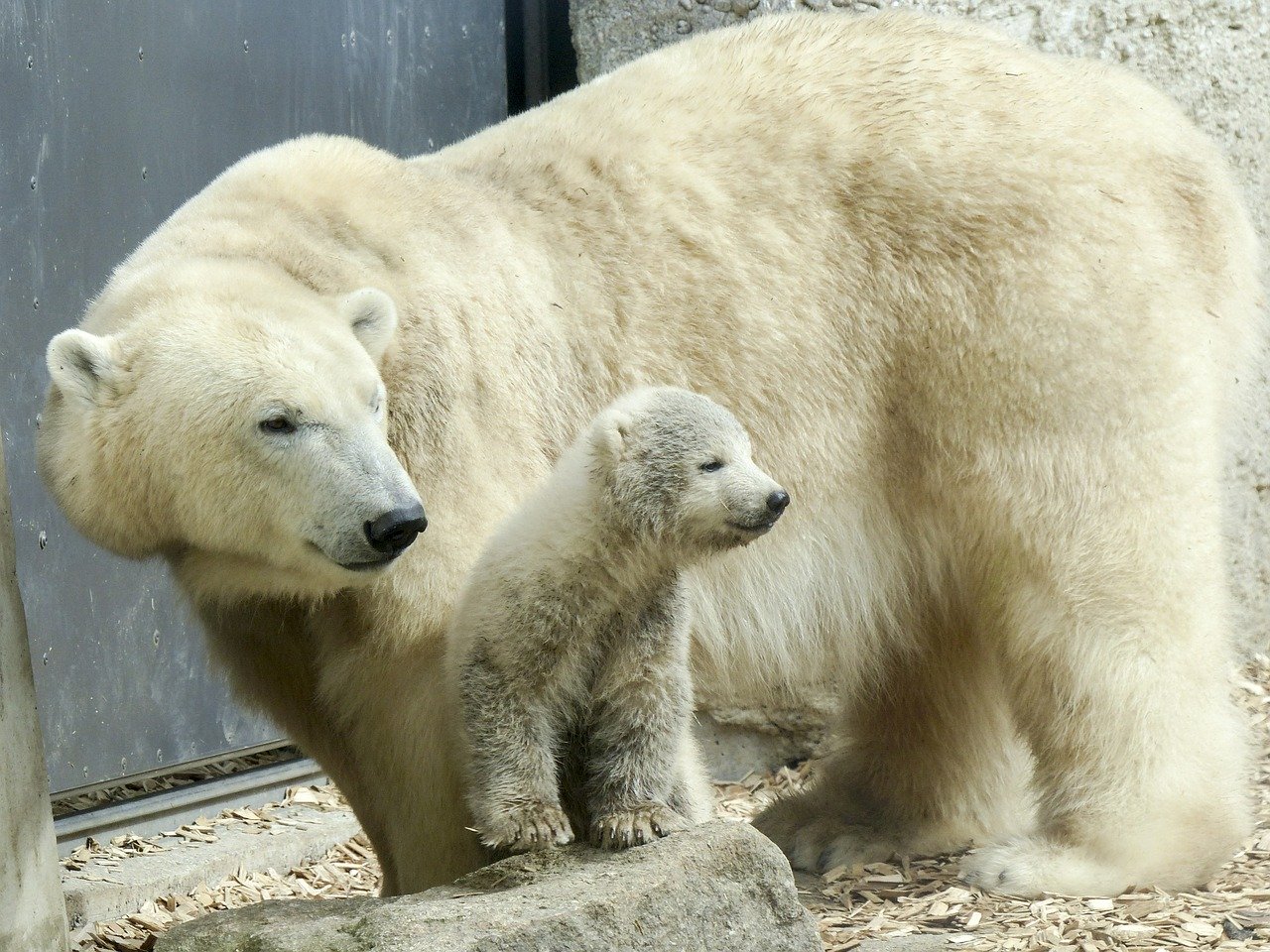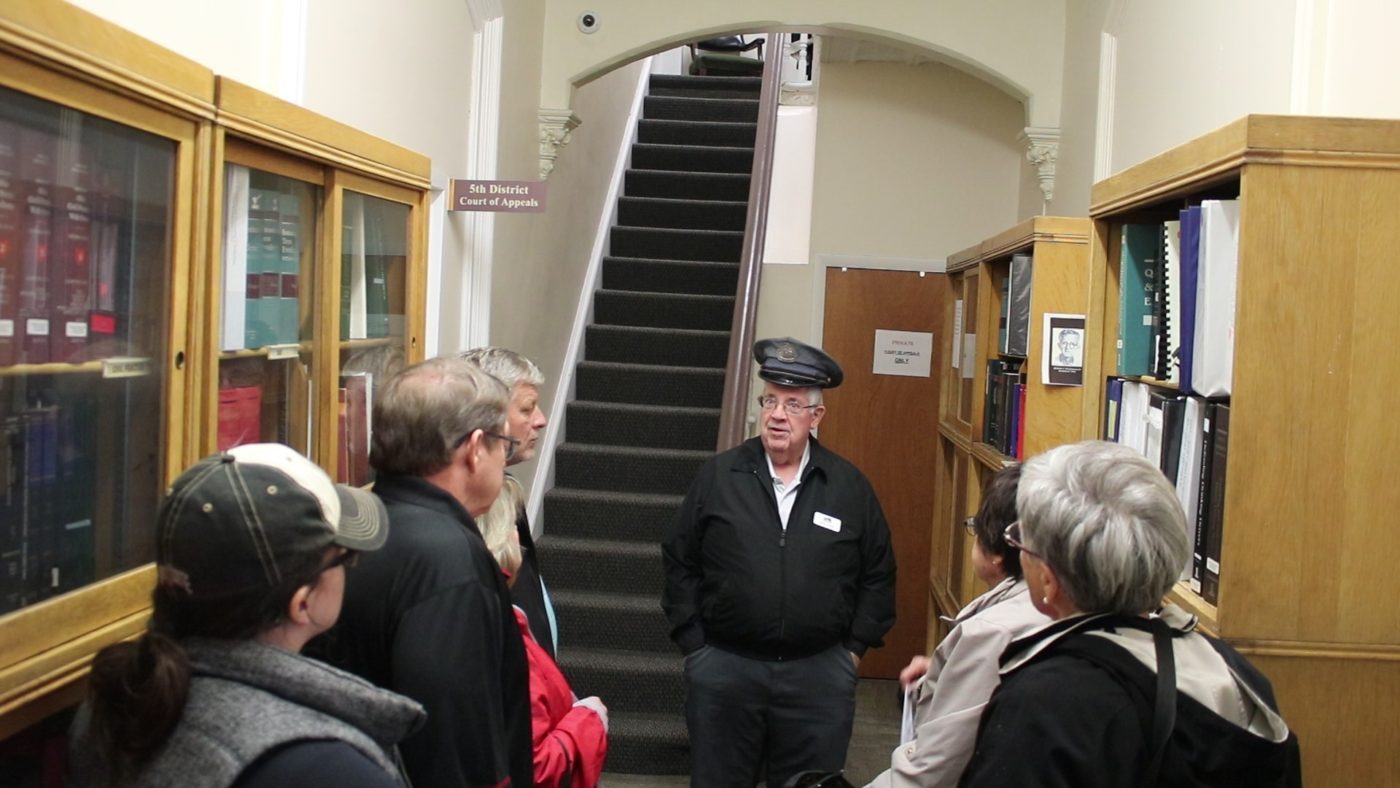By 1808Delaware, 1808AI
On June 29, a new chapter was added to Ohio’s rich history of recreational amenities with the opening of a scenic bridge on the Sunbury Trail section of the Ohio to Erie Trail.
The Ohio to Erie Trail is a dedicated multi-use trail crossing Ohio from southwest to northeast, stretching over 326 miles of regional parks, nature preserves, and rural woodland. With the completion of this new Sunbury Trail section, the trail is roughly 85% complete. The trail, named after its endpoints, extends from the Ohio River at Cincinnati to Lake Erie at Cleveland, integrating former rail trails and multi-use trails into a dedicated route.
The Sunbury trail section begins at Cherry Street and extends over the Big Walnut Creek, providing picturesque views of the surrounding landscape. Trail users can pick up the new trail at the coordinates 40.242711, -82.852419, heading northbound. Here is an online map of the area.
The highlight of this new section is the former Sunbury railroad bridge, which has been transformed into a pedestrian path. Acquired by Preservation Parks in 2019, the bridge has been repurposed from its original use for locomotives to a multi-use pedestrian path. It connects previously disconnected sections of the trail, and significantly reduces the time trail users will be on the road. The bridge features built-in scenic overlooks, allowing trail users to pause and take in the stunning views above Big Walnut Creek.
Even with this new trail section, there’s still a 1/2 mile street connector section for the near future. However, this street route is now much shorter and simpler, cutting down from four streets to just two.
For those interested in navigating this remaining 1/2 mile road connection, the Ohio to Erie Trail Office provides a Ride with GPS link for easy guidance.
Supplemental panels for map sets have also been added by the Ohio to Erie Trail Office. These can be downloaded to provide users with an updated representation of the new trail section.
With varying surfaces including asphalt, cement, concrete, crushed limestone, and hard-packed earth, the Ohio to Erie Trail serves non-motorized movement including bicyclists, pedestrians, hikers, and on certain sections, equestrians.










